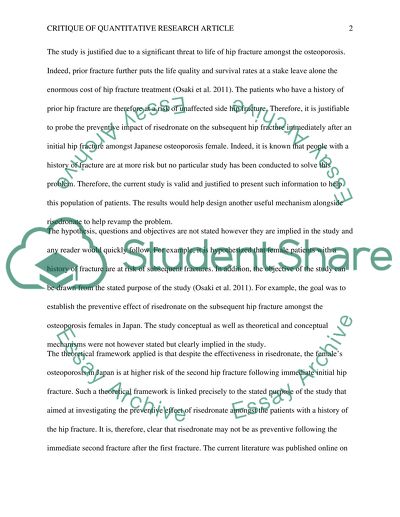Cite this document
(“Critique of Quantitative Research Article Book Report/Review - 1”, n.d.)
Critique of Quantitative Research Article Book Report/Review - 1. Retrieved from https://studentshare.org/nursing/1685585-critique-of-quantitative-research-article
Critique of Quantitative Research Article Book Report/Review - 1. Retrieved from https://studentshare.org/nursing/1685585-critique-of-quantitative-research-article
(Critique of Quantitative Research Article Book Report/Review - 1)
Critique of Quantitative Research Article Book Report/Review - 1. https://studentshare.org/nursing/1685585-critique-of-quantitative-research-article.
Critique of Quantitative Research Article Book Report/Review - 1. https://studentshare.org/nursing/1685585-critique-of-quantitative-research-article.
“Critique of Quantitative Research Article Book Report/Review - 1”, n.d. https://studentshare.org/nursing/1685585-critique-of-quantitative-research-article.


